Disclosure: This article contains affiliate links. We may earn a commission from purchases at no extra cost to you, which helps our travel content.
When I first digitally rendered the Andean landscape for Pathfinder: Lost Horizons, I knew pixels could never capture the real magic of Peru. Two years later, I found myself standing in Cusco's Plaza de Armas with my trusty camera and a budget that would make most travel influencers cringe. But here's the thing about Peru – some of its most extraordinary experiences come with the smallest price tags. This fall, I spent two unforgettable weeks navigating from the ancient Incan capital to the floating islands of Lake Titicaca, all while keeping my bank account (mostly) intact. Whether you're a student on break or just someone who prefers spending money on experiences rather than luxury accommodations, I've mapped out the perfect route to experience Peru's cultural heartland without breaking the bank. Consider this your game guide to leveling up your travel experience while keeping your coin pouch heavy.
Cusco: Your Budget-Friendly Base Camp
Cusco sits at a breath-stealing 11,152 feet, and I mean that literally – expect to spend your first day moving in slow motion as your body adjusts to the altitude. I learned this lesson the hard way when I attempted to sprint up the San Blas neighborhood stairs on day one (rookie mistake, elevation level: expert).
The beauty of Cusco for budget travelers is that it's designed for lingering. While many tourists use it merely as a Machu Picchu launching pad, I spent four full days here without once feeling bored or broke. The city center itself is an open-air museum where you can wander for days among Incan walls, colonial architecture, and vibrant markets without spending a sol.
For accommodations, skip the touristy spots near Plaza de Armas and head to the San Blas neighborhood, where hostels like Kokopelli offer dorm beds for $12-15 per night. I stayed at Sunset House Hostel, which at $14/night included a simple breakfast and, more importantly, panoramic views that rivaled any I've designed in my games.
Food-wise, the San Pedro Market became my daily refueling station. For 10-15 soles ($3-5), you can feast on a complete lunch at the market's food stalls – just look for where the locals are eating. My go-to became the second stall from the east entrance, where a woman named Carmen serves the best lomo saltado in town for just 12 soles.
For capturing Cusco's magic, I relied on my travel tripod for those stunning blue hour shots of illuminated colonial buildings against the deep indigo sky. At only 2.9 pounds, it barely registered in my daypack but made all the difference for low-light photography.
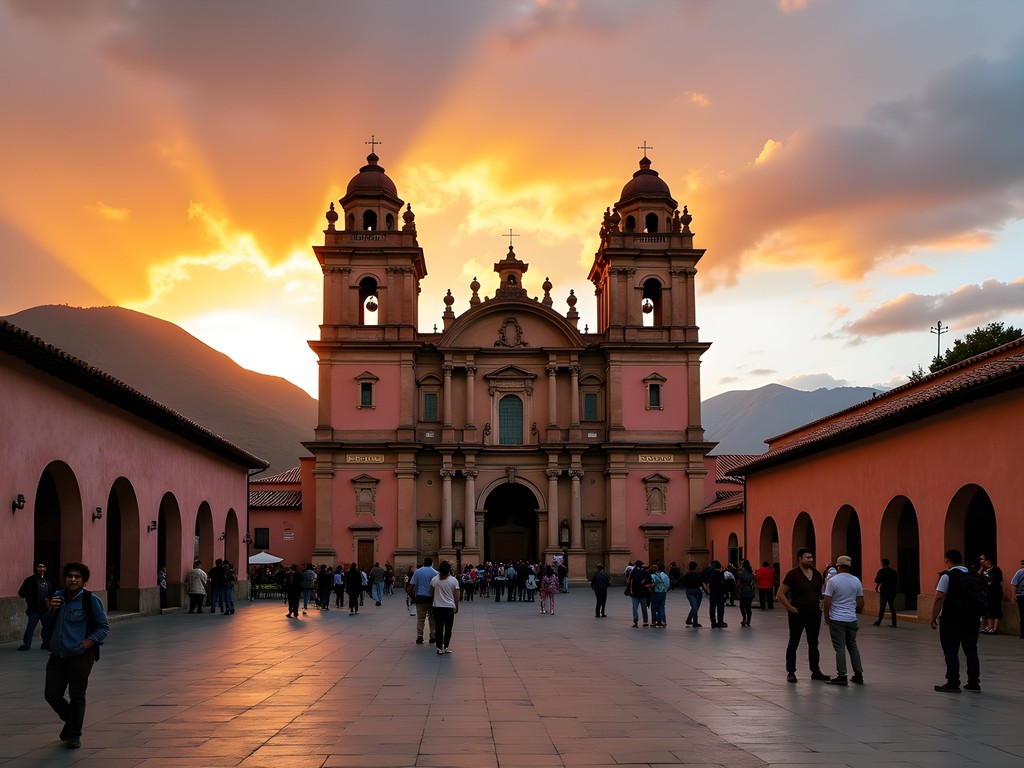
💡 Pro Tips
- Buy the 'Boleto Turístico' (tourist ticket) for 130 soles if you plan to visit multiple archaeological sites – it's much cheaper than paying individual entrance fees
- Drink coca tea upon arrival to help with altitude adjustment – most hostels offer it for free
- Use the collectivos (shared vans) instead of taxis to get around – they cost about 1 sol per ride within the city
Sacred Valley Hacks: Beyond the Tourist Trail
The Sacred Valley is where budget travelers face their greatest challenge: experiencing incredible Incan sites without emptying their wallets. While organized tours run $50-100 per day, I discovered you can DIY the entire valley for about a third of that price.
My strategy? Base yourself in Ollantaytambo rather than returning to Cusco each night. This charming town has plenty of budget accommodations (I paid $18/night at Hostal El Tambo, including breakfast) and sits strategically between major sites. Plus, Ollantaytambo itself is home to impressive ruins that you can explore during the quiet early morning or evening hours when day-trippers are absent.
From Ollantaytambo, catch collectivos to Urubamba (3 soles), then transfer to reach sites like Moray and the Maras salt mines. For Pisac, take an early morning collectivo directly from Cusco before heading to Ollantaytambo later that day. This transportation method saved me nearly $40 compared to organized tours.
Food costs plummet outside Cusco too. In Ollantaytambo, follow locals to small family restaurants where 'menu del día' runs 10-15 soles ($3-5) for soup, a main dish, and a drink. I discovered an unmarked spot three doors down from the main square where a grandmother serves home-cooked quinoa soup and trucha frita (fried trout) that rivaled any restaurant meal I've had.
For hiking the numerous trails around the valley, my hiking daypack proved indispensable. Its compact design still managed to fit my camera gear, water reservoir, snacks, and an extra layer for when mountain temperatures dropped unexpectedly. The breathable back panel was particularly appreciated during steep climbs to viewpoints above the ancient terraces.
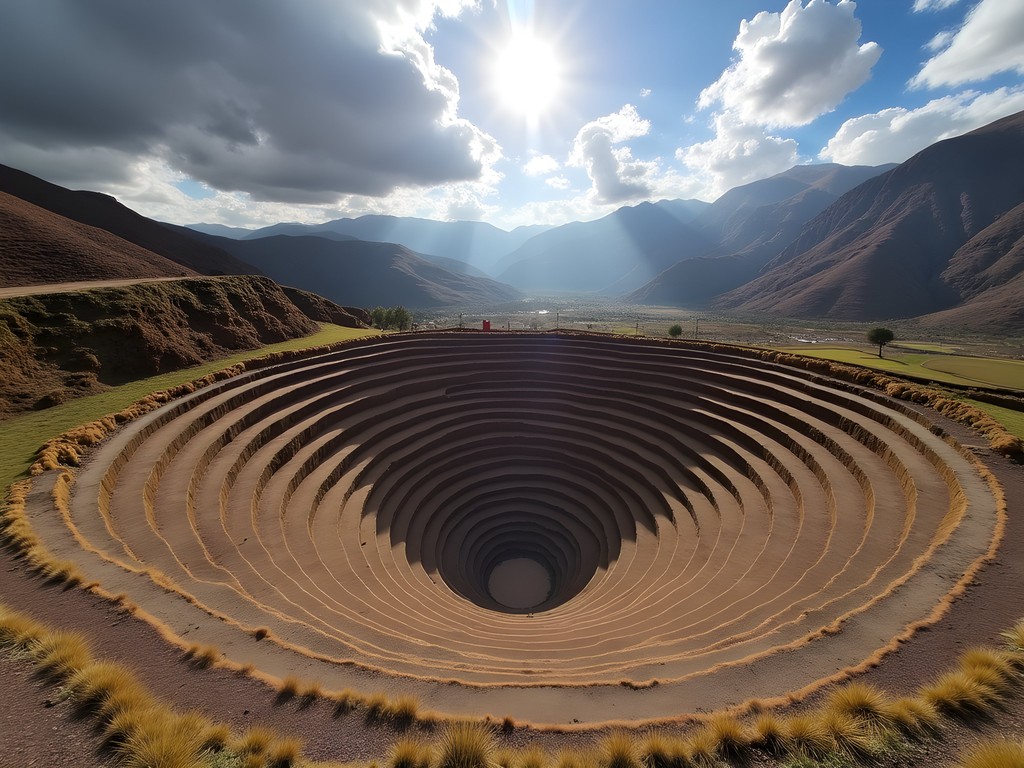
💡 Pro Tips
- Visit the Ollantaytambo ruins after 4pm when your ticket is still valid but tour groups have departed
- Pack a water filter bottle to save money on bottled water and reduce plastic waste
- Learn basic bargaining phrases in Spanish – prices often start 30-40% higher for obvious tourists
The Machu Picchu Money-Saver Strategy
Let's address the alpaca in the room: Machu Picchu isn't cheap. But with some strategic planning, you can slash costs significantly while actually enhancing your experience.
First, forget the overpriced train packages. Instead, I took the 'backdoor' route: collectivo from Cusco to Santa Maria (20 soles), another to Santa Teresa (15 soles), and a final one to Hidroeléctrica (10 soles). From there, it's a scenic 2.5-hour walk along the railroad tracks to Aguas Calientes (Machu Picchu town). This transportation method saved me over $140 round-trip compared to the train.
In Aguas Calientes, bypass the tourist-oriented restaurants and head uphill to where locals eat. I found a tiny place called 'Doña Julia's' where a filling dinner cost just 15 soles instead of the 45+ soles near the main square.
For Machu Picchu itself, I purchased my entrance ticket online 30 days in advance (the earliest possible) to secure the 6am entry time – crucial for both photography and avoiding crowds. Rather than taking the $12 shuttle bus, I hiked up the steep trail to the entrance (free but strenuous – allow 60-90 minutes). Bringing my own water and snacks saved another $15-20 compared to the overpriced options at the site entrance.
To document this bucket-list experience without lugging heavy gear up the mountain, I relied on my compact travel camera. Its small size belied its capabilities – the image stabilization handled the challenging lighting conditions of dawn at Machu Picchu beautifully, while the flip screen made capturing those classic selfie shots with the ruins a breeze.
Bonus tip: Many travelers rush back to Cusco the same day, but staying an extra night in Aguas Calientes allowed me to soak in the free hot springs (hence the town's name) and rest my legs before the journey back – sometimes spending an extra $18 on accommodation actually enhances the overall experience.
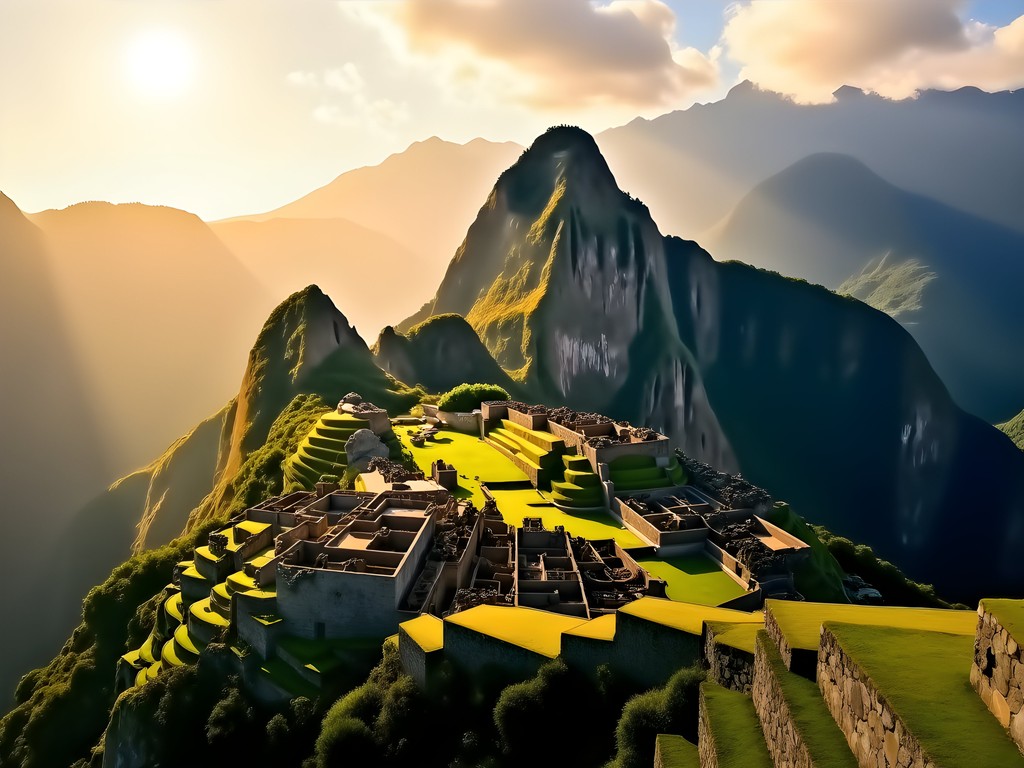
💡 Pro Tips
- Book your Machu Picchu ticket exactly 30 days in advance for the best time slots
- Pack layers – morning starts freezing but quickly warms to hot by mid-morning
- Download the Machu Picchu map offline before arrival – there's no WiFi and the paper maps cost $10
Puno: The Gateway to Lake Titicaca
After the Sacred Valley, I took a $15 tourist bus from Cusco to Puno – the extra $5 over the local bus was worth it for the scheduled stops at interesting sites like Raqchi and Andahuaylillas along the way. Puno itself isn't the most charming Peruvian city, but it serves perfectly as a one-night launching pad to Lake Titicaca.
While most travelers book expensive tours directly from their hotels, I walked to the dock early morning and negotiated directly with boat operators. For just 40 soles ($12), I secured a day trip to the floating Uros Islands. The key was joining an existing group rather than chartering a private boat.
Puno's real budget gem is its market food. The Mercado Central's second floor houses food stalls where hearty soups and local specialties cost 5-8 soles ($1.50-2.50). I became slightly addicted to chairo (a hearty Andean stew) from a stall run by a woman who found it hilarious that I was photographing her soup for 'my game research.'
For capturing the unique light and colors of Lake Titicaca, I found my polarizing filter absolutely essential. The filter cut through water reflections to reveal the incredible handwoven reed structures of the floating islands while making the blues of the lake and sky pop dramatically in my photos.
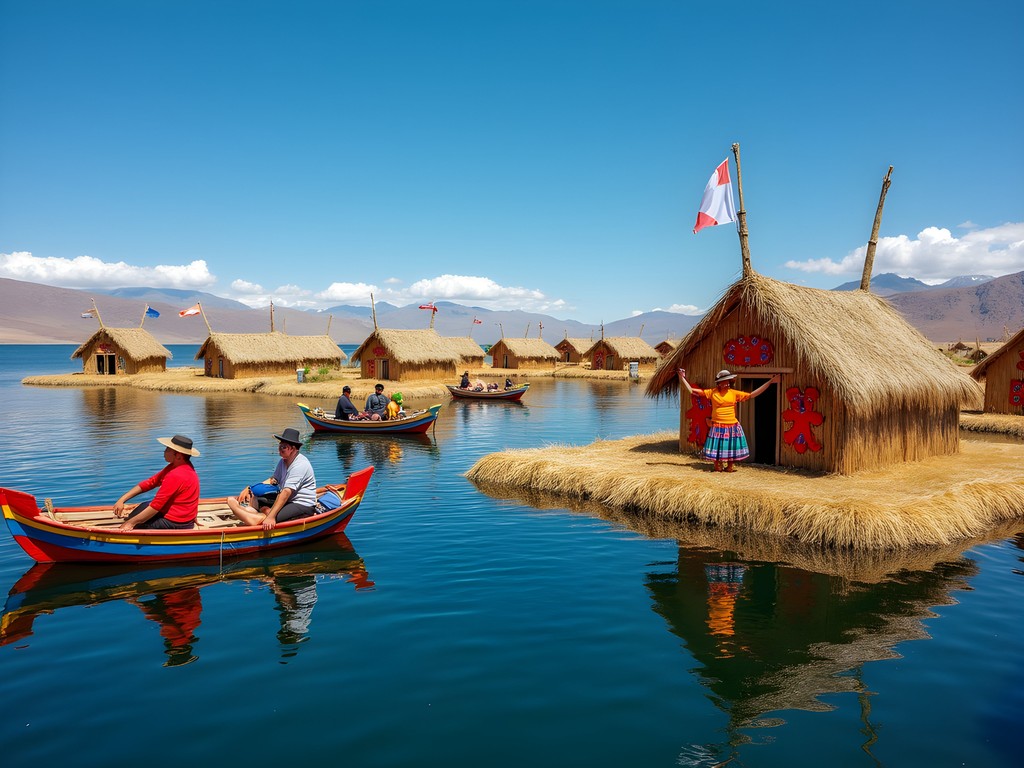
💡 Pro Tips
- Book accommodation in Puno only for your arrival night – then plan to stay on the islands
- Bring small denominations of soles for island purchases – change is limited
- If visiting the floating Uros Islands, bring small gifts like school supplies or fruit instead of candy for the children
Island Homestays: The Ultimate Budget Experience
The highlight of my entire Peru journey wasn't found in any guidebook's top 10 list. It was the two nights I spent with a local family on Amantaní Island in Lake Titicaca. At 70 soles ($21) per night including three home-cooked meals, it was also my best travel value.
Rather than booking through agencies in Puno that take significant commissions, I arranged my homestay directly through the Amantaní Island community tourism association (their office is near Puno's dock). This ensured my money went directly to the families. The experience included boat transportation, accommodation, meals, and cultural activities.
My host family – Mama Rosa, her husband Juan, and their three children – welcomed me into their simple stone home with no running water and limited solar electricity. We communicated through my basic Spanish and universal gestures. Each evening, we'd gather around the kitchen's open fire where Rosa taught me to prepare quinoa soup and papa a la huancaína (potatoes in spicy cheese sauce).
During the day, Juan took me hiking to Pachatata, one of the island's peaks, where pre-Incan ruins offer spectacular 360° views of the lake. We passed terraced fields where locals have farmed the same plots for centuries using methods unchanged by time.
The second evening included a community gathering where locals performed traditional dances in colorful attire, then invited visitors to join in. I found myself spinning around the community hall in borrowed traditional dress, laughing as I tried to keep up with the steps.
What made this experience special wasn't just the affordability but the authenticity. Tourism here operates on the community's terms, with families rotating hosting duties to ensure benefits are shared. It's responsible tourism at its best – and costs less than a mediocre hotel in Puno.
For the chilly nights at high altitude, my packable down jacket earned its place in my backpack many times over. It compressed to almost nothing yet provided essential warmth when temperatures dropped below freezing at night in the unheated stone home.

💡 Pro Tips
- Bring a headlamp or flashlight – electricity is limited and pathways are dark at night
- Pack a small gift for your host family – cooking ingredients like olive oil or spices are always appreciated
- Learn basic Quechua phrases beyond Spanish – locals light up when visitors attempt their native language
Final Thoughts
As I took my final boat ride back across Lake Titicaca, watching Amantaní Island recede into the distance, I realized Peru had completely rewritten my understanding of budget travel. The experiences that cost the least – sharing stories around a family hearth on Amantaní, hiking alongside farmers in the Sacred Valley, or discovering a hidden local restaurant in Cusco – had become the most treasured moments of my journey. Peru taught me that traveling on a shoestring isn't about deprivation but about immersion. When you step away from tourist bubbles and preset packages, you discover not just savings but authenticity. Whether you're a student stretching summer savings or just a traveler who prefers spending money on experiences rather than luxury, Peru rewards those willing to venture beyond the obvious path. So lace up your walking shoes, practice your Spanish, and prepare to level up your travel experience in a country where the richest experiences often come with the smallest price tags.
✨ Key Takeaways
- Traveling Peru on $30-40/day is entirely possible with strategic planning
- Island homestays offer the most authentic cultural experiences at the lowest prices
- Learning basic Spanish opens doors to significant savings and richer interactions
- The 'backdoor' route to Machu Picchu saves over $140 while adding adventure to your journey
📋 Practical Information
Best Time to Visit
May-October (dry season), with September-October offering fewer crowds than peak June-August
Budget Estimate
$30-40 per day including accommodation, food, transportation and activities
Recommended Duration
14 days minimum to experience both regions without rushing
Difficulty Level
Intermediate (Due To Altitude, Basic Infrastructure, And Spanish Language Advantage)








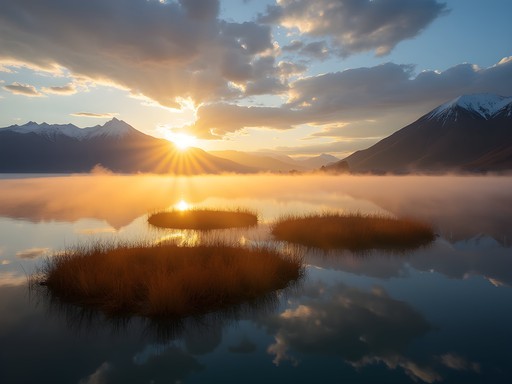
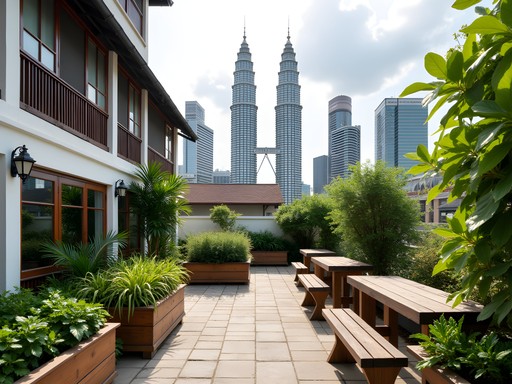

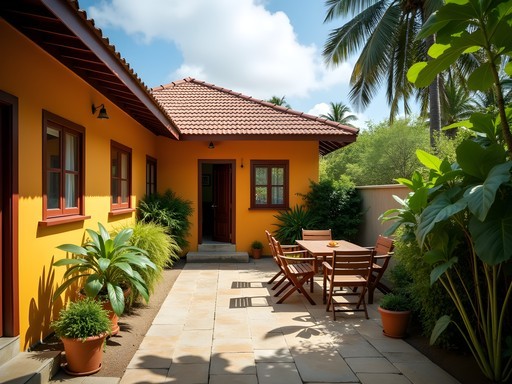


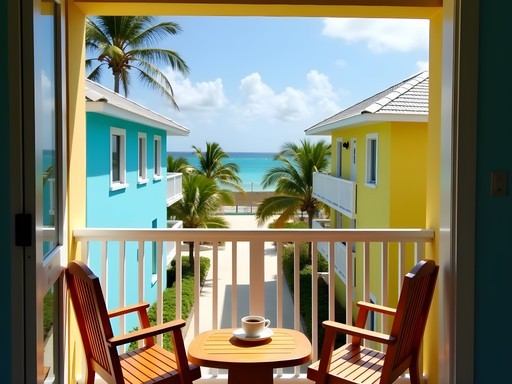

Comments
starhero
How's the internet in the homestays? Need to work remotely a few hours.
travellover
Spotty at best on the islands! I couldn't even get a signal most of the time. Maybe bring a portable hotspot if you need to work?
starhero
Thanks for the heads up! Guess I'll have to schedule some offline days.
TravelWithMike
We did the public transportation route too and saved so much money! Quick tip: download Maps.me before you go. The offline maps saved us when trying to find the right bus stops in Puno. Also bring altitude sickness pills - Cusco hit us hard!
Bella Pierce
Great tip about Maps.me! And yes, the altitude is no joke - I should have emphasized that more in the post.
vacationking
Those sunset photos from Lake Titicaca are incredible! Added to my bucket list.
AndeanExplorer
Those sunrise photos from Amantaní are incredible! Makes me want to go back!
George Hayes
Bella, your post brought back so many memories! We took our kids (8 and 11) to Peru last summer and followed a similar route. The colectivos were an adventure in themselves - my son still talks about the time we shared one with a woman and her three chickens! One tip for families: the homestay on Taquile Island was more kid-friendly than Amantaní in our experience, with more open space for the kids to run around. We also found that bringing a water filter bottle saved us tons on bottled water and reduced our plastic waste. The kids loved the ceremony where families dressed us in traditional clothes - did you experience that too?
luckyfan
OMG this looks amazing!! I'm planning my first solo international trip and thinking about Peru. How safe did you feel as a solo traveler? And roughly how much did you spend for the entire trip? Your photos are giving me serious wanderlust!!
Bella Pierce
Thanks for the kind words! I felt very safe as a solo female traveler, especially in the more touristy areas. Just use common sense - don't flash valuables and be aware of your surroundings. I spent about $1200 for 2 weeks not including flights. The homestays were only $15-25/night including meals!
luckyfan
That's so affordable! Definitely adding this to my 2026 travel plans. Thanks for the info!
travellover
This brings back so many memories! I did a similar route last year and those homestays on Amantaní were the highlight of my entire trip. The family I stayed with taught me how to cook quinoa soup and we communicated through my terrible Spanish and lots of laughing. One tip: bring small gifts for your host family - school supplies or photos from your home country go a long way. Did anyone else feel like the altitude in Cusco hit them harder than expected?
George Hayes
The altitude knocked me and my kids out for the first day! We ended up spending an extra day in Cusco just adjusting before heading to the Sacred Valley. Best decision ever though - gave us time to discover this tiny chocolate museum that the kids still talk about.
travellover
That chocolate museum is a hidden gem! Did you try the hot chocolate there? Life-changing!
citybuddy
Great post! How many days would you recommend for Lake Titicaca if we're on a tight schedule? Is one night on the islands enough or should we plan for more?
Bella Pierce
Thanks for asking! I'd say minimum one night, but two nights gives you a much better experience. One on Amantaní and one on Taquile if possible. The pace is slower on the islands and that's part of the magic - rushing through misses the point. Plus the stargazing is incredible if you get a clear night!
citybuddy
Perfect, thanks! Will definitely plan for two nights then. Can't wait!
Hunter Thompson
Bella, your post brought back so many memories of my own backpacking trip through Peru last year! Those homestays on Amantaní were the absolute highlight of my journey too - nothing beats waking up to that sunrise over Lake Titicaca! I found the collectivos from Cusco to Ollantaytambo to be a proper adventure in themselves. Quick tip for anyone reading: learn the basic price ranges beforehand so you don't get the 'gringo tax' and always have small bills. The family I stayed with on Taquile Island taught me to make the most incredible quinoa soup - still trying to replicate it back home in Newcastle without success! Did you manage to catch any of the local festivals while you were there?
citybuddy
How safe did you feel using those collectivos as a solo traveler? Planning my trip for next spring!
Hunter Thompson
Totally safe! Just use common sense - keep valuables close, don't flash expensive gear, and you'll be fine. The locals were super helpful when I looked lost. I used my money belt for important stuff, but honestly, it was more chill than I expected.
coolqueen
Your photos of Lake Titicaca are stunning! Those blue waters against the terraced fields... wow. Did you use a special camera or just your phone? The colors look so vibrant. Definitely adding this to my bucket list after seeing these images!
Bella Pierce
Thank you! Just my phone actually! The light at that altitude is incredible - makes everything look extra vibrant. No filter needed when Mother Nature does the work for you! 😊
Venture X
Premium card with 2X miles, $300 travel credit, Priority Pass